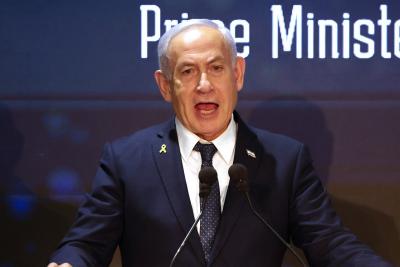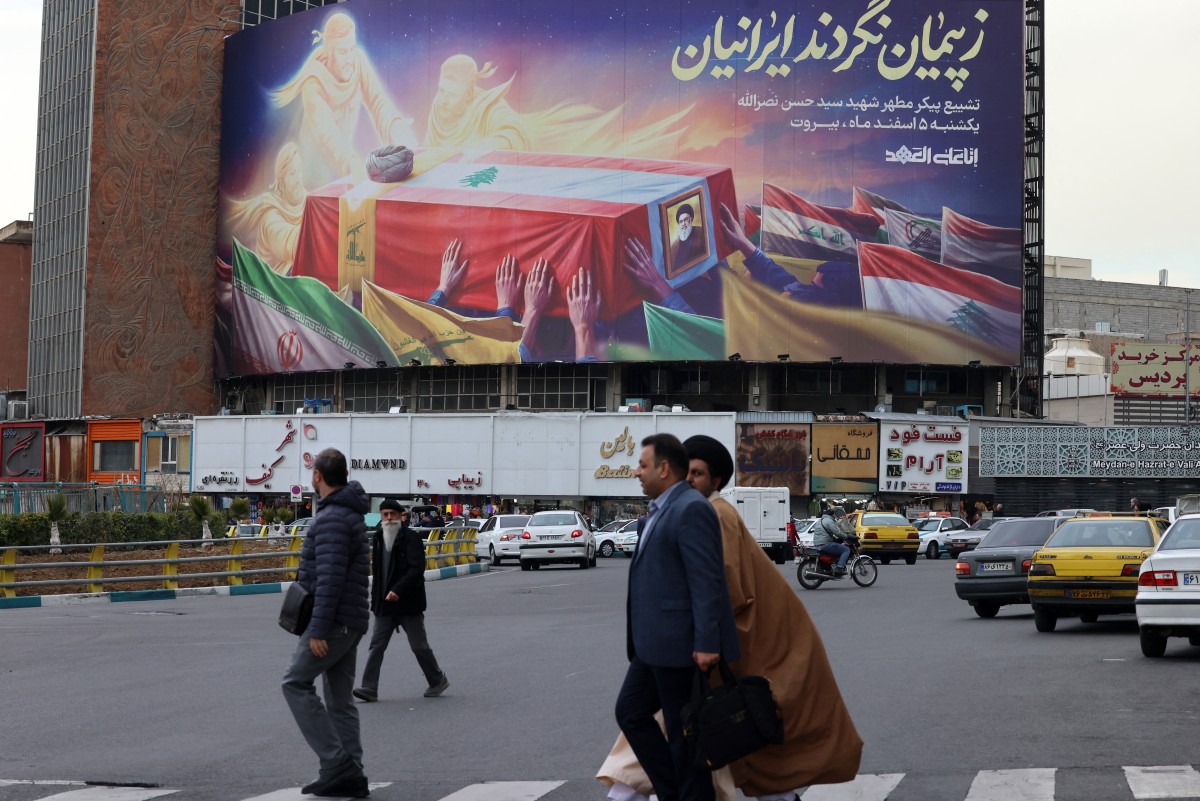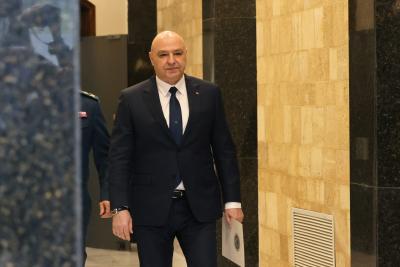As the United States embarks on an extensive diplomatic initiative, its strategic priorities are becoming clearer: first, securing a ceasefire in Ukraine before turning its focus to Iran—whether through diplomacy or military action. Washington then aims to redefine the future of the Middle East and Israel’s role in the region by deciding the fate of Lebanon and Syria, both under Israeli fire, each according to its own reality.
In Lebanon, the Israeli war is far from over. Israel continues to violate the ceasefire agreement by maintaining its occupation of border areas seized during the conflict and carrying out airstrikes both north and south of the Litani River, reaching as far as the Bekaa Valley. These operations are backed by American “guarantees,” allowing Israel to neutralize Hezbollah’s military capabilities. Meanwhile, Hezbollah faces an internal political battle, fueled by efforts to restrict aid for rebuilding war-damaged infrastructure in an attempt to weaken its popular support.
U.S. Control Over the Middle East?
Amid intense diplomatic negotiations, the outlines of an American plan for the Middle East are beginning to take shape. This project involves a strategic grip over several crisis-ridden countries—Lebanon, Syria, Iraq, Yemen, as well as the West Bank and Gaza—while the rest of the region’s states remain long-standing allies of Washington.
The shift in Syria’s regime appears to have marked the start of this plan’s execution. Vladimir Putin is believed to have initiated its implementation, with Donald Trump expected to complete it. As Bashar al-Assad traveled to Moscow, jihadist factions from Hayat Tahrir al-Sham, led by Abu Mohammad al-Joulani, launched an offensive from Idlib toward Hama and Aleppo. After briefly returning to Damascus, Assad reportedly left the capital without resistance, seeking refuge at Russia’s Hmeimim airbase before heading into exile in Russia.
Simultaneously, Volodymyr Zelensky was summoned to the White House for a heated meeting with Donald Trump, which ended in the unprecedented expulsion of the Ukrainian president. On the agenda was an agreement over Ukraine’s mining resources, granting Washington half of the sector’s revenue in exchange for its support of Kyiv in the war against Moscow. This agreement is expected to be part of a broader settlement of the Russia-Ukraine conflict, potentially finalized during an upcoming Trump-Putin summit in Saudi Arabia. However, doubts remain about Zelensky’s role in this deal, given rumors of his possible resignation and exile in France.
A New Balance of Power in the Middle East
The growing Israeli-Arab rapprochement through the Abraham Accords seems to fit into this broader regional strategy. According to U.S. Special Envoy for the Middle East, Steve Whitcoff, Washington remains optimistic about a potential Saudi-Israeli normalization. He also believes Lebanon and Syria could follow suit, given the setbacks suffered by pro-Iranian forces in both countries.
Today, Lebanon and Syria appear to be pawns in this evolving regional equation. While Israel continues to violate Lebanon’s ceasefire, Beirut has been actively engaging with the United States, France, and the United Nations to enforce UN Security Council Resolution 1701. However, concerns persist that Israel could exploit this situation to pressure Lebanon into forced normalization with Tel Aviv. A similar strategy could apply to Syria, where Israel has been strengthening its control over strategic heights in Mount Hermon and multiple locations north of the Golan Heights.
Iran remains a pivotal issue. Washington currently favors a diplomatic approach regarding Tehran’s nuclear program, despite Israel’s strong insistence on military action, seeing Iran as the primary threat from the "Axis of Resistance." However, China and Russia—both strategic partners of Iran—are preventing any military option from materializing.
Faced with this uncertainty, Iran is preparing for two scenarios: either a military strike targeting its nuclear and strategic sites or direct negotiations with the U.S. for a new nuclear agreement. The Biden administration appears to favor the latter, seeking to avoid an uncontrollable regional escalation that could jeopardize ongoing diplomatic efforts—particularly those concerning the creation of a Palestinian state with East Jerusalem as its capital, a condition set by Saudi Arabia for any peace or normalization agreement with Israel. This stance is backed by several Arab nations and even by Iran itself.
In this complex web of alliances and interests, the future of the Middle East remains highly uncertain, as global powers continue redrawing the region’s balance of power behind the scenes through diplomacy and conflict.
 French
French














